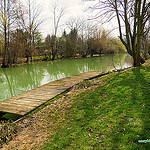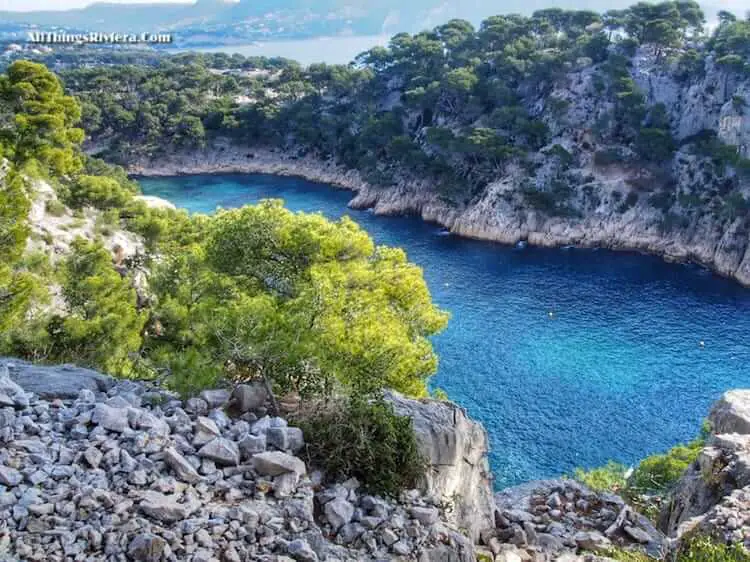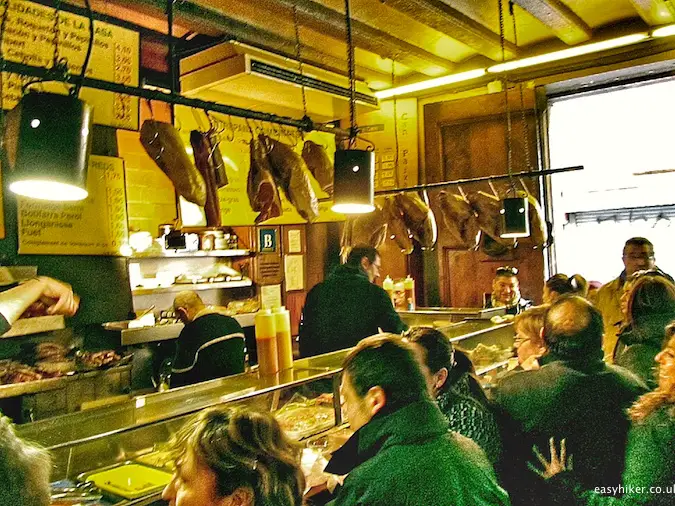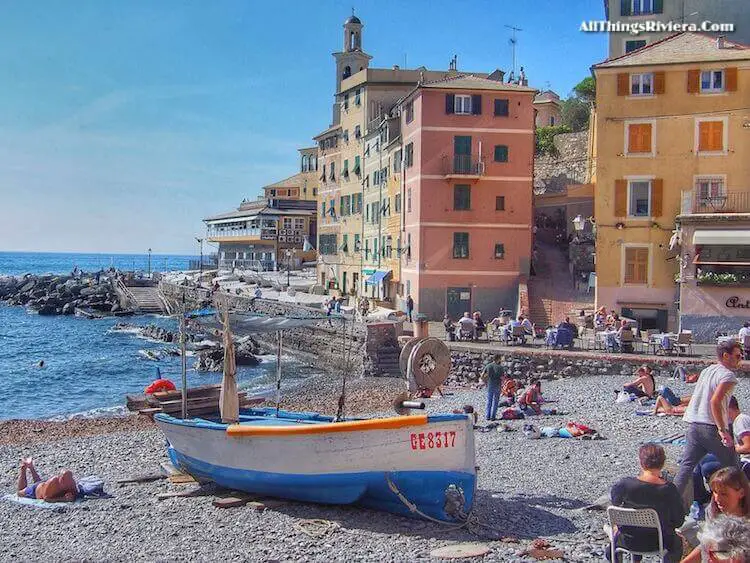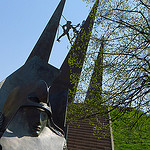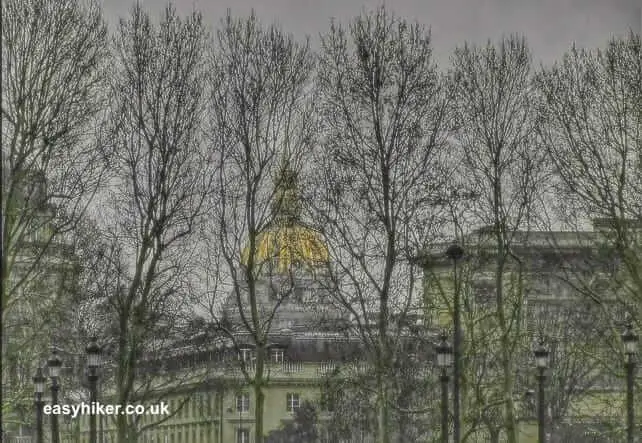After the downfall of the Third Reich, Germany was rebuilt from the ruins of war in a hurry, and, more often than not, it shows.

Throughout the 1950s, as Germany was clearing up the WWII rubble and slowly finding its feet again, the priority for politicians and urban planners was to build what was urgently needed and essential.
The planners, however, soon realized that the people demanded not only food and shelter: they also hungered for places to visit during their spare time, places which gave them some pride in their newly-styled home towns, places which linked their city’s history and traditions with the present.
And since there was not enough money for everything (there never is!), city administrations across Germany concentrated their attention on two projects for the new townscapes: the restoration of at least some urban fabric from the pre-war era, …

… and the repair and maintenance of scenic green spaces.
The city of Bremen in Germany’s extreme northwest is a good example for all three constituent elements of modern German cities: the ugly, the ancient, the scenic.
We will neither speak of nor show any more of the first, keep the second for next week, and start today with the last item on the list: a green space to rival anything that bigger and more famous European cities elsewhere can muster.

Bremen’s historic old town is almost entirely surrounded by water. This has not always been the case. Only part of this “ring of water” is of natural origin: the Weser river in the south of the old town, …

… while the rest was engineered in the 17th century when an older, more modest trench around the medieval town wall was deepened, extended and reshaped to assume its present scale and jagged outline.
You can make out its zigzag shape quite easily on a map, but perhaps less so when you are walking on the actual trail that passes through the historic Wallanlagen.
If you pay attention, however, you can still recognize what has since become a rather gently undulating shoreline.

This is because the sharp edges of the moat were rounded off in the 18th century when the area around the old town wall was gradually converted into a park-like landscape.
By this time, the whole idea of securing the town through a complex of walls, moats and bastions had already become obsolete, and the land on which the fortifications had stood was used for other purposes.
Windmills were built on the earth wall bastions, one of which – the Herdenstormühle – has survived until today.

In 1802, the City Parliament finally decided to convert the Wallanlagen into a public park, making it the first public green space in Germany that was not established through the donation of a ruling aristocrat.
Bremen, a leading member of the medieval Hanseatic League, has always prided itself on its long tradition as a “free city”. The bourgeoisie ruled the roost here, not the clergy or the nobility.
This was also the reason why Bremen’s most famous admirers – the Town Musicians from the fairy tale of the Brothers Grimm – decided to come: to escape the feudal submission of the countryside while not replacing the tyranny of greedy landowners with that of equally greedy urban princelings. (In the story, of course, the Town Musicians never quite made it to their destination.)

If you want to complete a tour of the entire Wallanlagen (which will take you approx. 2 hours), you should start at the tip of the Old Town island (actually a peninsula these days) near the westernmost ancient city gate, the Doventor.
We suggest, however, to concentrate on the eastern half of the trail, walking from the central train station via Bürgermeister-Smidt-Street up to the bridge that will take you across the ancient moat.
Turn left here, and for the next hour, you may occasionally forget that you are in the middle of a city with nearly 1 million inhabitants …

… although for most of the walk, the city has its way of reminding you of its proximity. Sometimes gently so, …

… sometimes with a cheeky wink.

At around the half-way stage of this route, you will have to leave your park-like surroundings briefly to cross the busy Herdentor Street.
You are now very close to Bremen’s town centre (on your right hand side), which is why this section of the Wallanlagen is so busy and why the park benches here are full of office workers on a coffee break and tired city shoppers.
This is also why the city chose this spot for its “Moin” sculpture, which was explicitly created to attract the attention of Instagrammers. (“Moin” is the local shorthand for the standard German greeting of Guten Morgen. People in Bremen are known for their dislike of long speeches when a single syllable will do.)

The near-by Man Of Bronze statue, meanwhile, is an entirely different kind of public sculpture: unlike “Moin”, it was not commissioned by the city government but put up by a collective of Guerilla artists – in broad daylight, with the perpetrators cunningly disguised as municipal building workers.
Its instant popularity has so far protected the Bronzemann from being removed, and the statue has received a provisional allowance to stay. Recently, the city administration announced that it will make its final decision on the matter “sometime in 2026”.

When you reach the Ostertor gate, turn right and left again into Altenwall which will lead you to the Weser river – where you will pick up the water motif of today’s walk in a different urban climate: even the weather here feels windier, colder and more raw.

After ten minutes or so, you will arrive at a street called Schlachte which is lined with beer gardens, bars and restaurants. This is the perfect place to take a break.

Thus fortified, you will then be ready to face the challenge of manoeuvring through the medieval warren of narrow lanes that constitutes Bremen’s oldest quarter. See you there next week!


